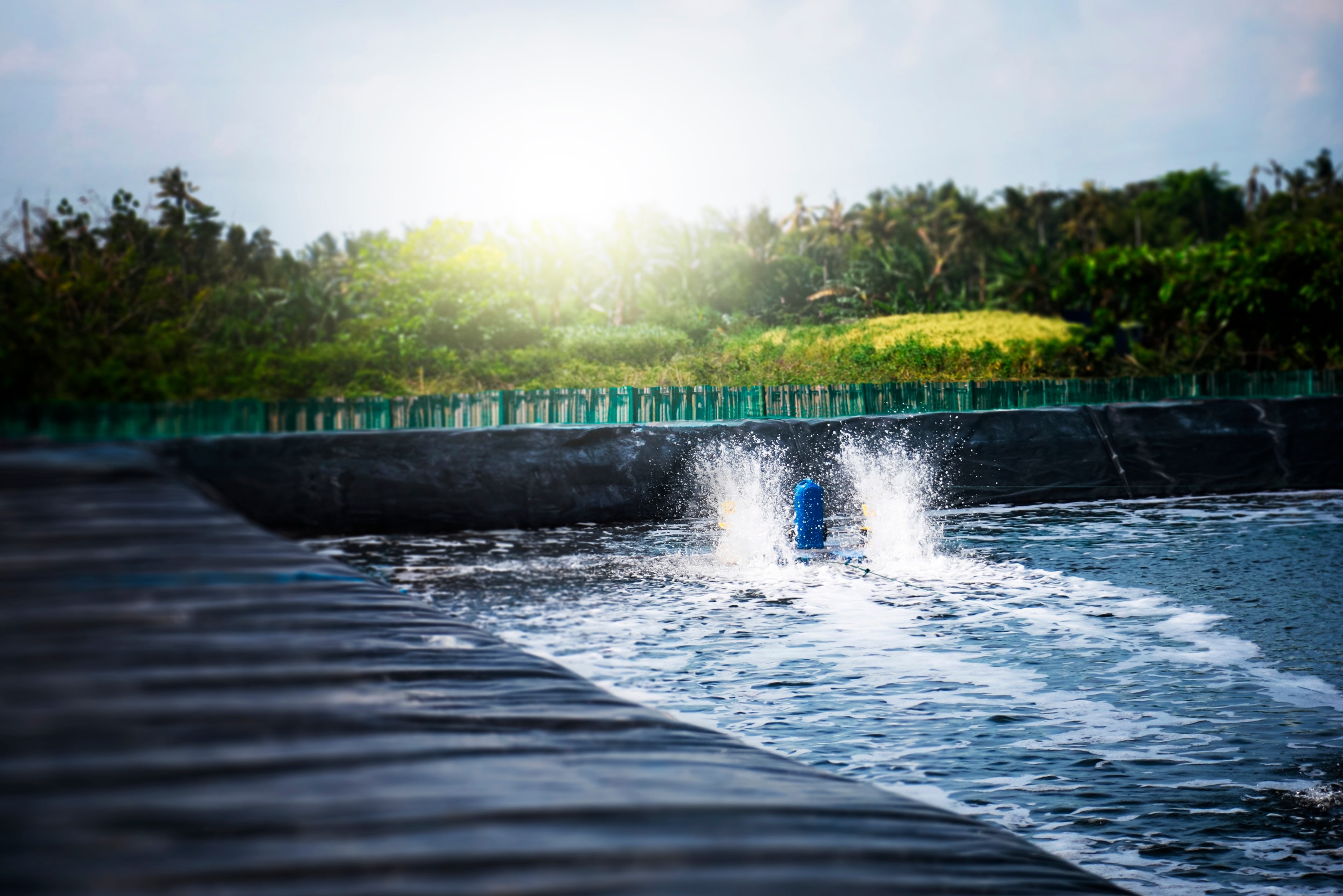Author: Silke Landtwing, Editor
Fish and crustaceans are popular, healthy foods that are enjoyed all over the world. Because traditional fishing can no longer meet the increasing global demand, fish and crustaceans are being bred in land-based systems, so-called onshore aquacultures.
If the basins and round tanks of the aquacultures are sealed with geomembranes, a controlled environment is created. This allows the conditions for the growth and health of fish and crustaceans to be optimized.
Questions and Challenges
As operators and producers of land-based aquaculture, you have the following main questions:
- How do we protect aquaculture from disease? And how do we simultaneously increase the quality of our products (clean gills, organic certification)?
- How do we manage to generate higher earnings sustainably and over a longer period of time?
- How do we protect the surrounding ecosystem?
- How do we stabilize the management process?
- How can land-based breeding systems be professionally and tightly lined with geomembranes?
- Which geomembranes and which welding equipment are best suited for this?
Answers in the Expertise
In this expertise (white paper), the two Leister civil engineering experts Thomas Furrer and Patrick Schnider provide you with answers to your questions. And they provide you with additional knowledge on the subject of land-based aquaculture.
Get your Free Expert Study and Direct Access to our Team’s Knowledge.
After submitting the form, you will receive the link to the expert study by email. One of our specialists may contact you to answer your questions or discuss your specific needs.
